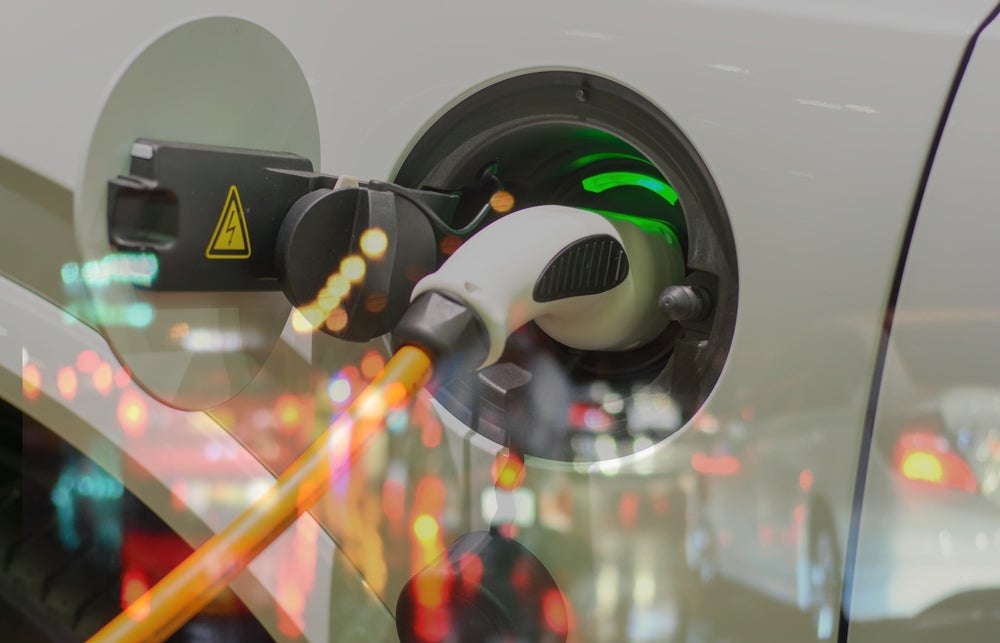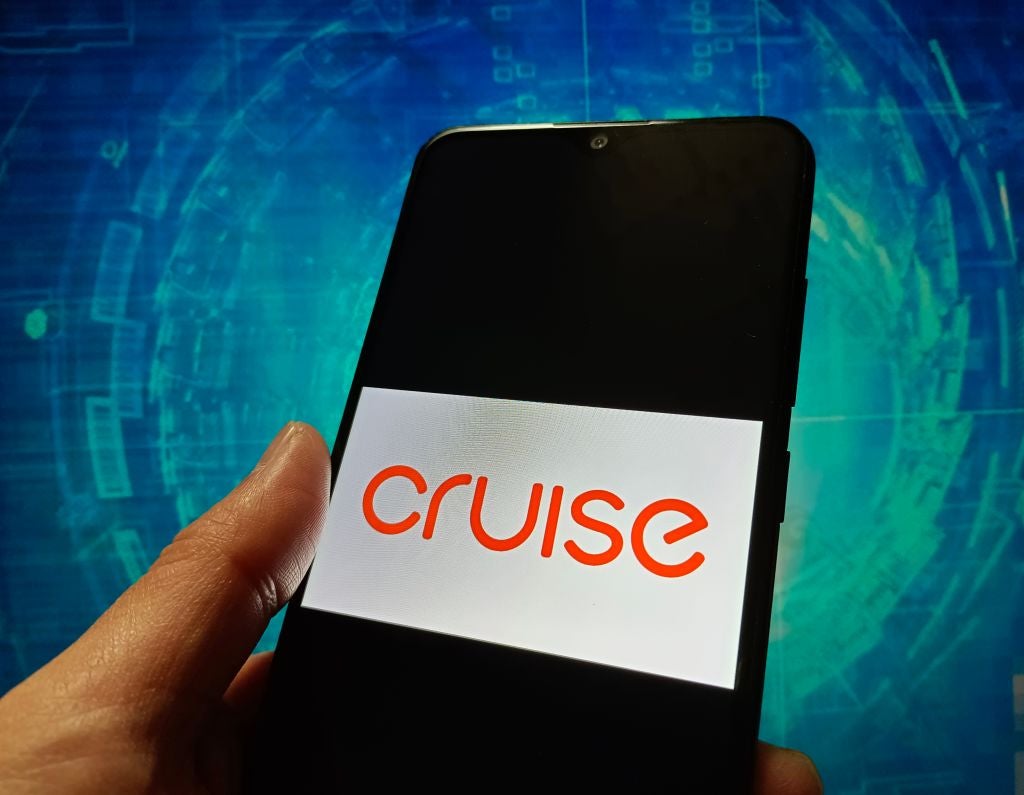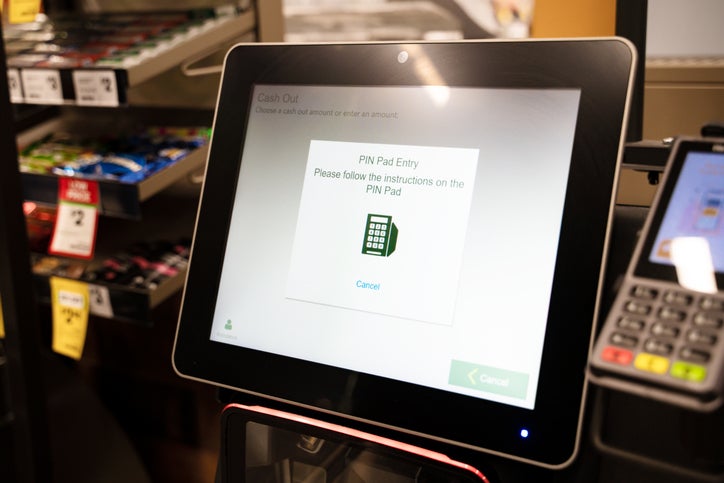
The electric vehicle is one of four themes disrupting car makers. The other three, occurring concurrently, are the connected car, autonomous driving (AV) technology and transport-as-a-service. So what are electric vehicles in business and what are the future trends?
Why do electric vehicles matter to business?
Over the next five years, expect stress, strain, margin evaporation and shake out across much of the legacy automotive industry and its Tier-1 parts suppliers as a slow growth industry incurs the expense of conversion to electric vehicle (EV) and autonomous driving technology. At the same time, ride-sharing services and shifting urban Millennial priorities could lead to “peak car” – the start of a period of falling new car sales.
Today, there are 3 million electric vehicles on the world’s roads, but this could rise to 300 million by 2040. This implies EVs, as a proportion of new registrations of the world’s passenger vehicles, will rise from barely 1% in 2017 to over 15% by 2030. Large scale commercial production of EVs by the big car makers is unlikely to take off until 2025.
What are the big themes around electric vehicles?
Battery technology
Today, batteries account for 50% of the cost of fully electric vehicles (BEVs). The industry has consolidated around lithium-ion batteries, specifically those that use nickel, manganese and cobalt of the kind used in smartphones. Breakthrough technology will be required to enable greater driving range between charges and enhanced safety. The main candidate for the next generation of battery technology is so-called “solid-state battery” technology, which involves solid lithium electrodes set in chemical rather than liquid electrolyte or compressed oxygen electrolyte.
Lithium-ion dominance
The automotive industry sees the current version of lithium-ion technology prevailing for at least another five to seven years, with innovations and incremental improvements in battery packaging, battery pack integration, software-based battery and power management, lower friction tyres and more aerodynamic car and truck bodies, the keys to improved battery price and performance.
Cobalt shortage
The average nickel-magnesium-cobalt lithium battery carries roughly equal proportions of each mineral. Cobalt plays an essential stabilising role in the cathode. The problem is that it is very expensive and most of it comes from the volatile, largely Chinese-controlled Democratic Republic of the Congo (DRC). The industry stretch goal is to achieve 10% cobalt content by 2025. Tesla now claims to have cracked the thermal problem, whereby the typically high operating temperature of a Li-ion battery accelerates the ageing of the battery and increases the risk of fire, and significantly lowered the cobalt content.
How well do you really know your competitors?
Access the most comprehensive Company Profiles on the market, powered by GlobalData. Save hours of research. Gain competitive edge.

Thank you!
Your download email will arrive shortly
Not ready to buy yet? Download a free sample
We are confident about the unique quality of our Company Profiles. However, we want you to make the most beneficial decision for your business, so we offer a free sample that you can download by submitting the below form
By GlobalDataConversational platforms
Enabled by broadband connectivity and cloud-based voice-driven apps, the vehicle cockpit is no longer the province of expensive audio-visual hardware from the car makers. Instead, their “infotainment” systems are controlled by voice-activated digital assistants, thereby also rendering obsolete the need to use smartphones for infotainment access. There will be rising tension between the car makers and the big tech giants as such conversational platforms threaten to control everything and the car makers lose control of their brand and, more importantly, their customer relationships.
Flying taxis
EVs will not be solely earthbound for much longer. Passenger-carrying drones may come to market within the next three to five years. Founded by Google co-founder Larry Page and robot car pioneer Sebastian Thrun, Kitty Hawk expects to have an electric self-drive, flying taxi in service in New Zealand in 2021. Slovenian flying car start-up, AeroMobil, claims to be on course to deliver the first of a batch of 500 all-electric vertical take-offs and landing (VTOL) cars to customers by 2020. Ehang, a Chinese drone manufacturer, has been flying people around, including the deputy mayor of Guangzhou, in its Ehang 184 autonomous passenger drone, which is controlled via a touch screen with Google Maps. Uber says it is serious about entering the fray while Intel is working with Germany’s Volocopter on an electric helicopter.
Tesla’s lead is in grave danger
Tesla is currently the leading manufacturer of high-end EVs with semi-autonomous driving capabilities, but that lead is under serious long term threat. The most efficient assembly lines in the motor industry are owned by Toyota, Honda, GM, BMW, VW and Audi. These incumbent car makers each manufacture between 2m and 10m cars per annum. By contrast, Tesla manufactured around 100,000 cars in 2017. Tesla’s inexperience and trust in prototype technology have caused it serious production setbacks, but it claims to have reached its weekly target of 5,000 vehicles in the last week of June 2018. Most of the world’s EV production will, eventually, be done in China via joint ventures between foreign companies and Chinese manufacturers and by sub-contract manufacturers for vehicles designed by start-ups. Meanwhile, Tesla leads in the US and Europe and sold over 20,000 cars in China out of total Chinese EV sales of nearly 800,000 in 2017. Tesla has concluded a deal with the Shanghai authorities over the planned construction of a Tesla plant intended to manufacture up to half a million electric vehicles a year by 2024.
What about hydrogen fuel cells?
Japan has gone out on a limb and backed hydrogen fuel cells as the foundation of a post-lithium world, and as an increasingly viable alternative to Li-ion batteries. Whilst batteries have a limited life, fuel cells can provide unlimited power without any downtime for recharging. A hydrogen fuel cell (HFC) takes sips of hydrogen from a high-pressure carbon fibre tank mixed with atmospheric oxygen to generate electrical current to power an electric motor, typically a 113-kilowatt motor. The technology, widely perceived to be unsafe – it can explode like hydrogen-powered aircraft the Hindenburg did a century ago – has a long way to go before it competes commercially with lithium-ion batteries. Moreover, compared to battery electric vehicles, hydrogen vehicles are difficult to manufacture and cost 30%-50% more.
What is the history of electric vehicles?
In the 1890s, the era of the horseless carriage, vehicles were largely steam or battery propelled. In the first five years of the 20th century, over 90% of all New York taxis were electric vehicles. But, due to over-expansion, the Electric Vehicle Company, which ran the taxis, went bust. Thomas Edison, who made thousands of EVs between 1907 and 1939 at his Detroit Motor Co, eventually despaired of the breakthrough capabilities of electrical engineers and battery scientists, calling them “liars” for their false claims on advances in battery technology, and lost interest. Meanwhile, the oil lobby and Henry Ford lobbied for ICE cars on the rationale of better price and performance metrics.
Electric car production peaked in 1912 and then stalled completely by 1920, aside very small batch and flagging production from the Detroit Motor Co.
Then, a decade ago, the electric vehicle theme revived: the first Tesla Roadster appeared in 2008, the Nissan Leaf in 2010 and the GM Bolt in late 2016.
The story of electric vehicles so far…
- 1828: Anyos Jedlik invents electric motor to power toy vehicles.
- 1832: Robert Anderson develops first full-scale electric vehicle but it’s too heavy.
- 1885: Thomas Parker builds the first production electric car.
- 1899: First electric taxi appears in New York.
- 1900: Electric cars account for 28% of vehicle production.
- 1904: Edison and Henry Ford start to collaborate on developing EVs but Ford decides to focus on gas-powered ICEs instead.
- 1910: Over 90% of New York taxis are battery powered.
- 1911: The Electric Vehicle Company, which controlled New York taxis, over-expanded and went bust causing a ripple effect across the world.
- 1912: Electric vehicle production peaked.
- 1930: The EVs heyday was well and truly over and EVs virtually disappeared.
- 1939: Edison’s Detroit Electric Car Company made 13,000 EVs since 1907: but Edison despaired of making a breakthrough in batteries.
- 1954: Spark of interest in EVs at AMC which researches developing EVs powered by self-charging batteries.
- 1974: Opec oil crisis rekindles interest in EVs and the Sebring-Vanguard CitiCar is launched. It peaks in 1976 with 2,300 sold 1974-77.
- 1990: Series of Clean Air Acts passed in the 1990s.
- 1996: GM launches the EVi for lease, makes 1,117 of them, but junks the project when the leases have all run out.
- 1997: Toyota launches first mass-market HEV.
- 2000: The Toyota Prius PHEV makes EVs ‘cool’ again.
- 2006: Tesla formed.
- 2010: Nissan produces the Leaf BEV.
- 2010: GM launches Chevy Volt PHEV.
- 2011: Tesla Roadster and Model S come to market.
- 2016: GM launches Chevy Bolt BEV.
- 2017: Chinese start-up NIO comes to market with ES8 fully electric SUV in China and US.
- 2017: EVs account for 1% of global passenger vehicle sales.
- 2018: Tesla starts deliveries of the Model 3 BEV.
- 2020: VW, Mercedes, Volvo, Ford, Toyota, Honda, Hyundai all to bring BEVs to market.
- 2021: Dyson brings BEVs to market based on solid-state batteries.
- 2025: EVs account for 6% of global passenger vehicle sales, according to GlobalData.
- 2025: In China, 25% of all vehicles to be electric by then.
- 2025: Breakthroughs in battery technology arrives: supercapacitors become an option.
- 2030: EV’s account for 15% of global passenger vehicle sales, according to GlobalData.
- 2030: China’s EV fleet will be 60% of the world total.
- 2030: India’s car fleet will be 30% electric.
- 2040: UK, France go totally electric.
- 2040: EV’s account for 66% of global passenger vehicle sales, according to GlobalData.
This article was produced in association with GlobalData Thematic research. More details here about how to access in-depth reports and detailed thematic scorecard rankings.






